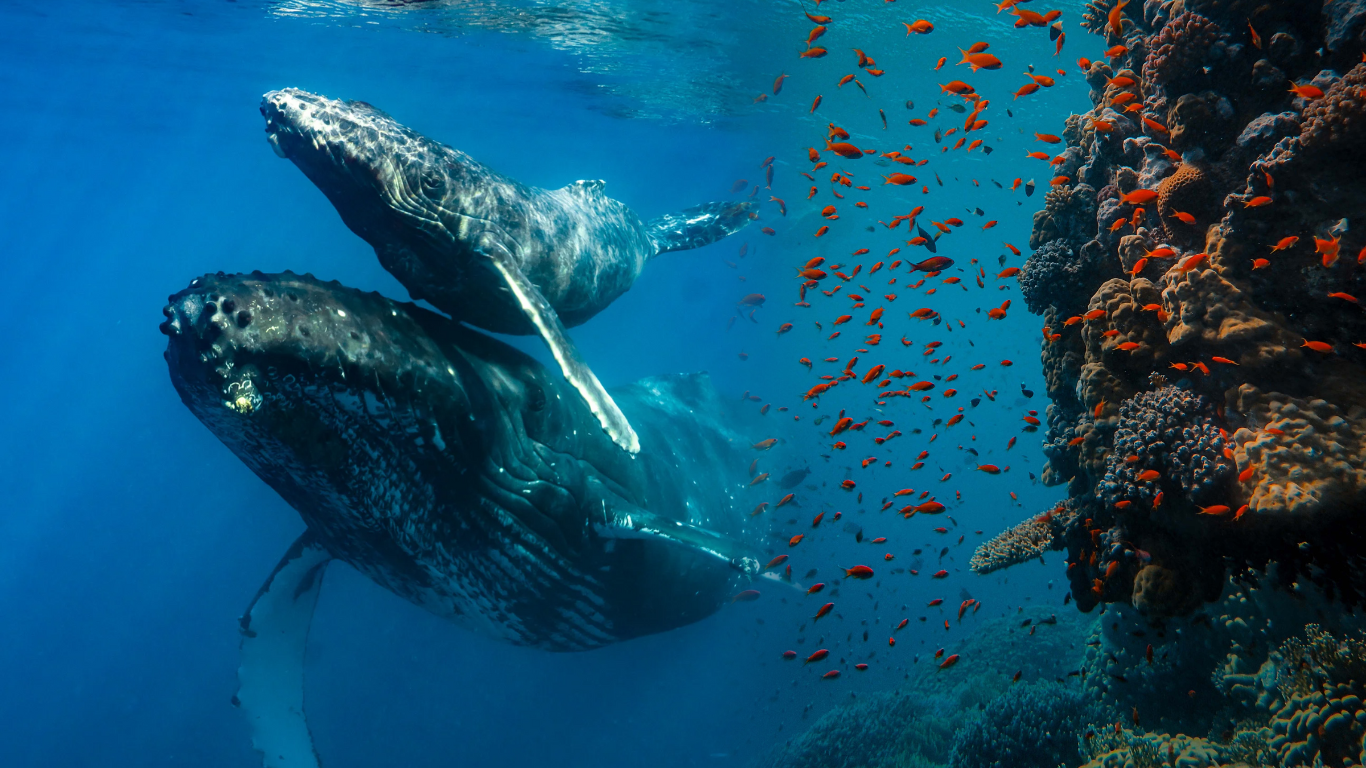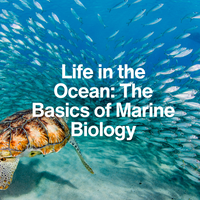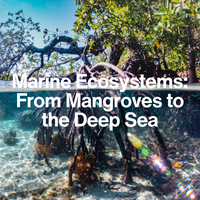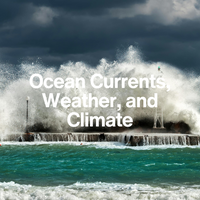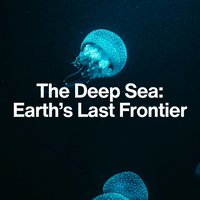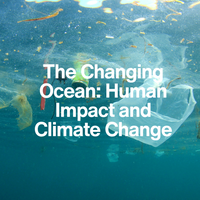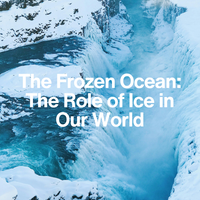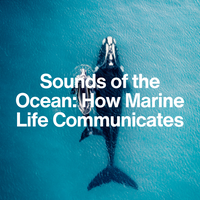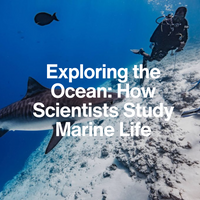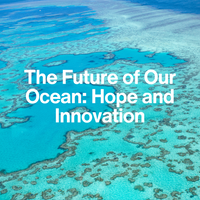LESSON 1
What Are Marine Ecosystems?
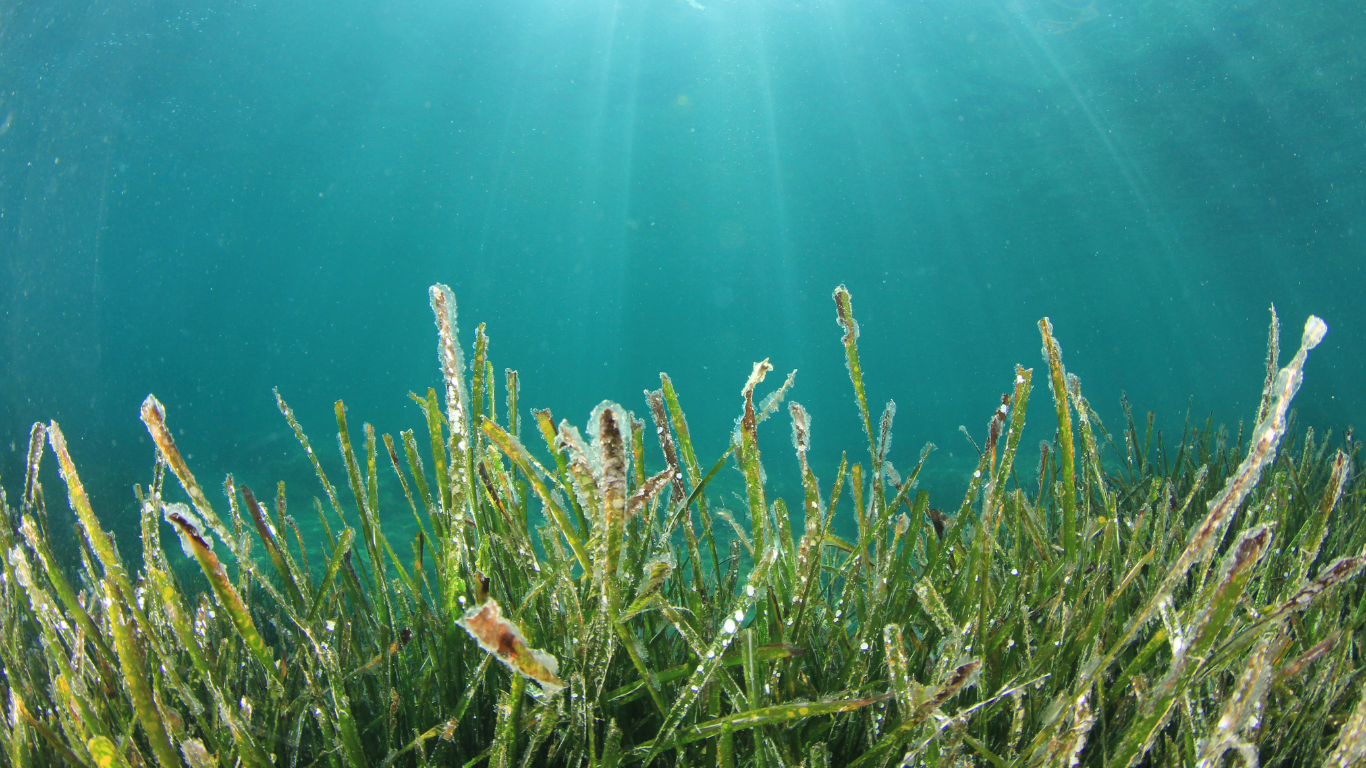
Introduction:
The Living Ocean
The ocean is teeming with life—from vast kelp forests and swirling schools of fish to invisible microbes and deep-sea dwellers that glow in the dark. But what exactly is marine life?
In this lesson, we’ll introduce the full cast of ocean inhabitants: the plants, animals, and microbes that make up the diverse web of marine ecosystems. Understanding who lives in the ocean is the first step to understanding how this vast blue world functions—and how we can protect it.
1. What Is a Marine Ecosystem?
A marine ecosystem is a community of living organisms (like fish, corals, and algae) interacting with their non-living environment (like saltwater, sunlight, and minerals). These ecosystems can vary dramatically in depth, temperature, salinity, and biodiversity.
They provide food, regulate climate, support biodiversity, and even help generate the oxygen we breathe.
2. Types of Marine Ecosystems
3. Why Do Marine Ecosystems Matter?
Conclusion
A Living, Breathing Ocean
Marine ecosystems are not just habitats—they are complex, dynamic systems that help sustain life on Earth. From the sun-drenched shallows of coral reefs to the alien world of the deep sea, every ecosystem plays a role in the health of our planet.
By understanding these unique environments, we can better appreciate the importance of protecting them.
Key Takeaways:
Marine ecosystems include coral reefs, mangroves, kelp forests, deep-sea vents, and more.
Each ecosystem has its own conditions, species, and ecological role.
These habitats support biodiversity, regulate climate, and protect coastlines.
Healthy marine ecosystems are essential to a healthy planet.
NEXT LESSON
How Are Different Ocean Habitats Connected?
Ocean ecosystems don’t exist in isolation. In the next lesson, we’ll explore how currents, species migrations, and nutrient flows link coral reefs, open oceans, and deep-sea trenches into one interconnected web of life.
